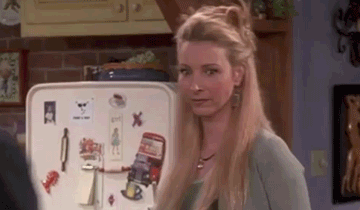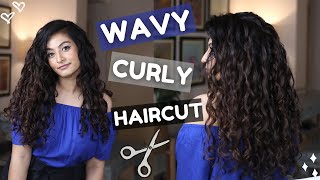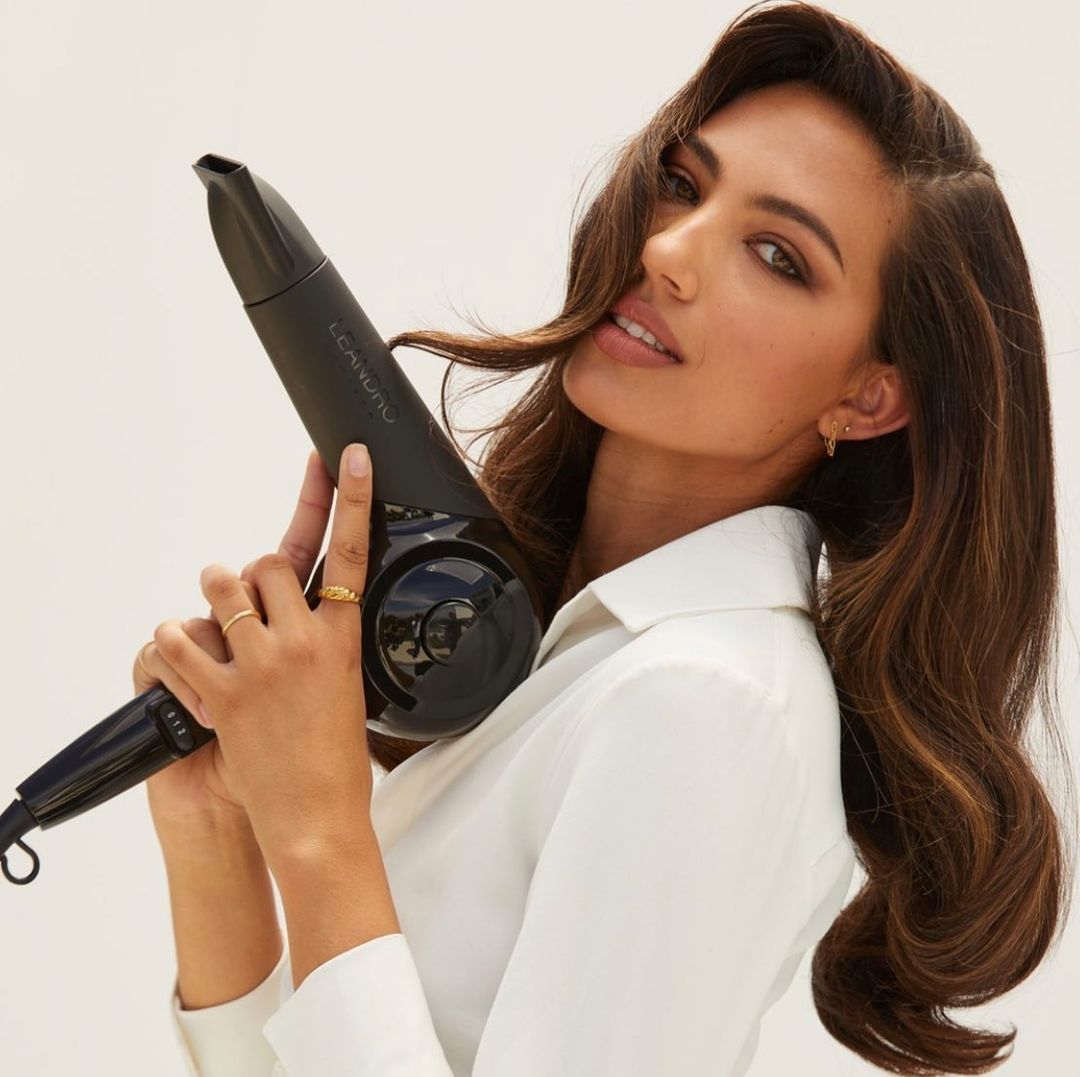Is 4b Hair Simply Dry Unmoisturized 4a Hair?

We don’t get too caught up in the number and letter hair typing system here, we prefer simply to dispense advice based on the texture of the hair (fine, coarse etc). But did you know that 4B hair is actually naturally dryer than any other hair type? The reason for this is because of the unique structure of the hair strand it just does not allow for moisture to be held or distributed throughout the hair as it would be in comparison to ‘S’ curls or loose curls, but more about that later.
Lately the chatter in the forums and around the blogosphere have produced insinuations that the 4B category of hair is actually 4A hair when it is dry, un-moisturized and overall not healthy. A shockingly inaccurate and offensive statement if there ever was one.
There are distinct differences between the 4A and the 4B curl pattern which can lead to all sorts of confusion, so lets set the record straight once and for all about what is means exactly to have dry hair, what it means when you fall into the 4 category of hair curl patterns, and the differences between 4A and 4B curls.
What exactly is Dry Hair?
Dry hair is hair that lacks enough moisture and oil to maintain its structural integrity despite what hair category you may fall in. You can identify dry hair when it’s texture feels brittle and the hair is fragile. In this state the hair is very prone to breakage and it is very difficult to retain length as it will eventually break if the dryness is not rectified.
The causes of dry hair are varied and range from poor health such as malnutrition and anorexia to excessive heat styling, dry air in the summer, medications or even excessive washing with harsh products that strip the hair of its healthy oils* and natural moisturizers. All curl patterns behave in the same manner when dry and the ultimate consequence is hair loss.
The Kinky* 4 Curl Pattern Category
The 4 category is known for having very tightly curled structure, this hair type has been described as very wirey and kinky*, cottony or fluffy with or without a visible curl pattern. It is also considered coarse and very fragile with tons of strands densely packed together . What makes the four category scientifically unique is that the hair has less cuticle layers in comparison to other hair types.

Because the hair structure is naturally fragile, women have to be very careful with over manipulation and the excessive use of hair tools. Additionally, the 4 category is known for its shrinkage, the hair can shrink to up to 75% of its true length, which for some can be very annoying and for others is not a big problem.
There are two sub types of the 4 category, 4A and 4B. The 4A category is tightly coiled hair with visible curls when dry and un-manipulated. When it is stretched it has more of an S pattern. 4B hair has more of a ‘z” pattern with a less of a defined curl that appears as ‘clouds’ of hair, the hair tends to bend in sharp angles making it less curly and more wiry in comparison to the 4A category.
Although not originally described in Andre Walkers hair typing system, some women have also added a 4c hair texture type which is popularly described as hair with absolutely no curl pattern with the hair mass appearing as kinks rather than curls or clouds in it’s dry un-manipulated state.
As mentioned before it is a fact that 4B hair is in fact dryer than 4A hair. The reason for this is due to the shape of the strands, the more bends the strand has the more difficult it is for the scalps natural moisturizer (sebum) to get to the ends of the hair. To help with this, the type 4 hair type requires extra moisture and care, paying special attention to the ends.
With these differences in mind, when a person has a 4A curl pattern that is dry, it is not then automatically categorized as 4B hair. Dry 4A hair is dry 4A hair and 4B hair is just that, 4B. The opposite holds true as well, you could moisturize 4B hair until the cows come home and it wont magically turn into 4A hair. The same way that very moist 4a hair won’t turn into 3c coils. These are two different curl patterns that have one or two similar traits but the differences are very distinct.
Dryness is a problem across the board for curly hair but it is not an indicator of curl pattern, to combat dryness for the kinky* hair type, means using water based products for added moisture, effective sealing practices with an oil or butter and protecting the oldest portions of the hair.




